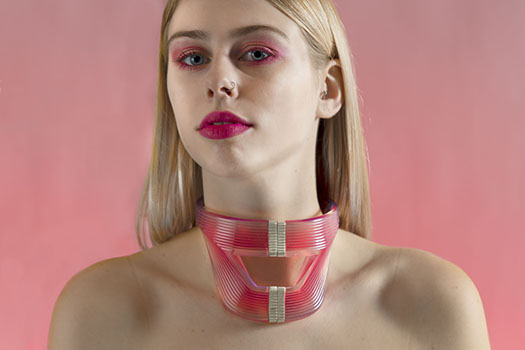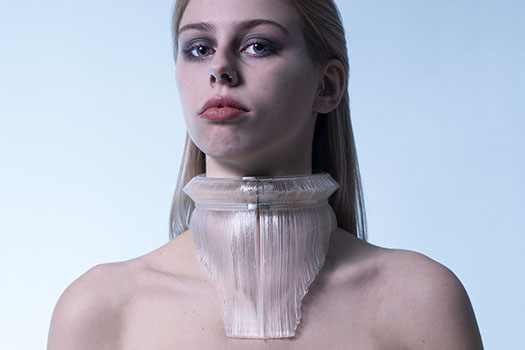March 13 - 16, 2018
Opening Reception March15, 6-8pm


Artist Statement
The yellow wallpaper, written in 1892, is a story about a woman who is denied treatment for depression and anxiety. She is taught to feel shame for her inability to fit the “perfect housewife” mold and discouraged against expressing herself through writing. I often think about how she coped with her true feelings of oppression and isolation through the illusion that she was trapped behind the wallpaper. The wallpaper was her way of rationalizing the mental illness that was denied and ignored by everyone around her. Actually seeing herself trapped behind bars in the wallpaper allowed her to believe that the way she was being treated in real life was wrong. My own work, is my wallpaper. It is the proof of the physical object that gives me validation in my abilities and success.
Over a hundred years have passed since the yellow wallpaper was written, and still it is engrained in our culture to feel shame for having a mental health condition. In fact, today many mental health conditions like Attention Deficit Disorder, Anxiety, and Depression actually include low self-esteem as a symptom. People with these conditions often feel shame about not acting and feeling in a way that would be considered “normal”. This often leads to intense self-judgment and feelings of isolation and other-ness.
My work is about conveying control, and the desire for perfection through craft. Considering that control is something I’ve spent my whole life trying to achieve, this makes sense. For the longest time I was unsure why I made things the way that I do. Over time I came to realize my work is my way of combatting the shame and misconceptions society puts on a person with a mental health condition.
I am drawn to transparent materials because of their inability to hide flaws or mistakes. You can see through them to every side and surface, and the idea of the skin of the wearer showing through is also representative of not being able to hide. I find a lot of truth to transparent materials, which is highly characteristic of what I am looking for within my work.
My obsession with the finish of an objects surface is depictive of the control I need to feel over a piece for it to feel complete. The act of sanding away the marks of the machine or process used to create these objects furthers my involvement and connection to each piece. I respond to all materials being finished to a high polish, for me it is in this state that a material is closest to perfection.
My design aesthetic is very geometric and balanced, a form language I view as intentional. I have never been drawn to make organic or freeform shapes, as these forms do not give me a sense of achievement in the way a rigid and defined design would. It is the symmetry and repetition in my forms that give me a sense of control and comfort. A design with a heightened sense of structure is satisfying to me in the same way that a structured lifestyle would feel as if I have control over my condition.